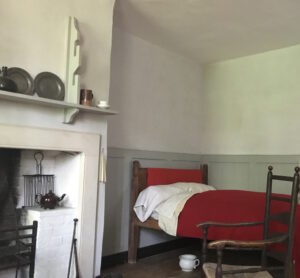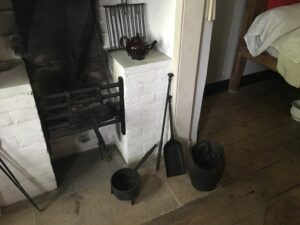In the 1789 edition of the inventory, there appears to be a single mousetrap located in one of the Butteries of the workhouse. A mousetrap in a location of food or drink preparation calls into question the sanitation, cleanliness, and even safety of workhouses.
In a museum, an eighteenth-century mousetrap could evoke numerous responses from visitors. In a recreation of a location of food preparation such as a kitchen, pantry, or buttery, a mousetrap set up as if it were trying to catch a live rodent would instantly put people at unease. In today’s day and age, vermin near food is disgusting and extraordinarily unsanitary so this would make today’s public think about the questionable cleanliness of workhouses in the eighteenth and nineteenth century.
On a different note, mousetraps today are very recognizable objects, but as I discussed in my object biography, the mousetraps used back then may have looked extremely different; there were many possible designs, most of which not very similar to modern traps. The comparison of current mousetraps and a mousetrap of the 1800s would almost certainly lead to thoughts about technological development in mundane objects, which is often not thought about.



